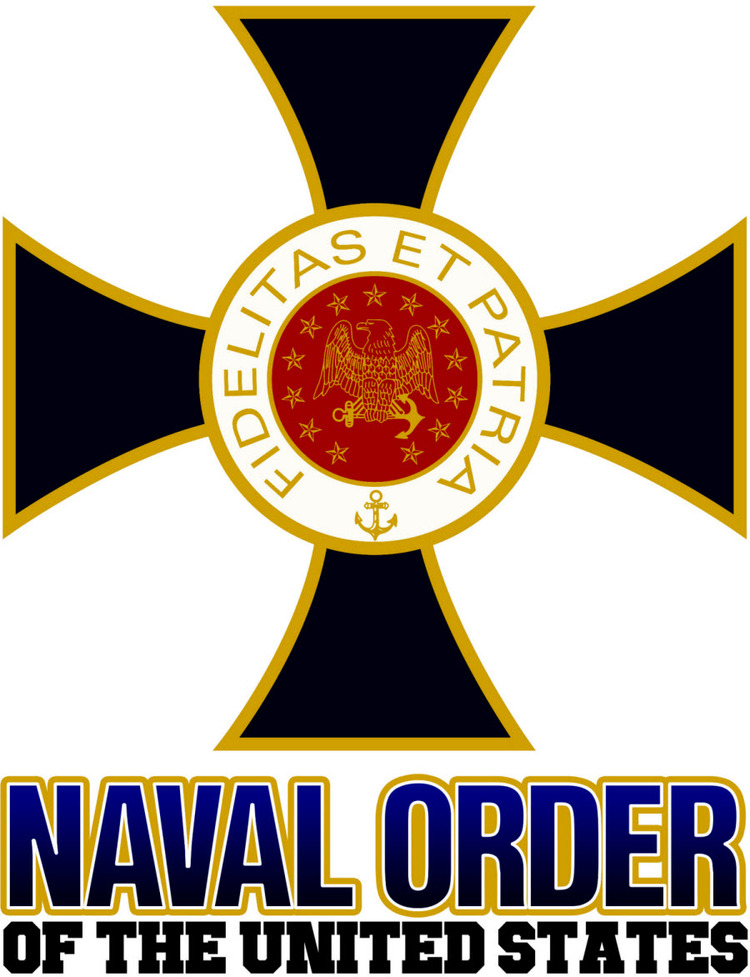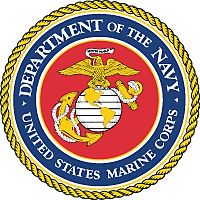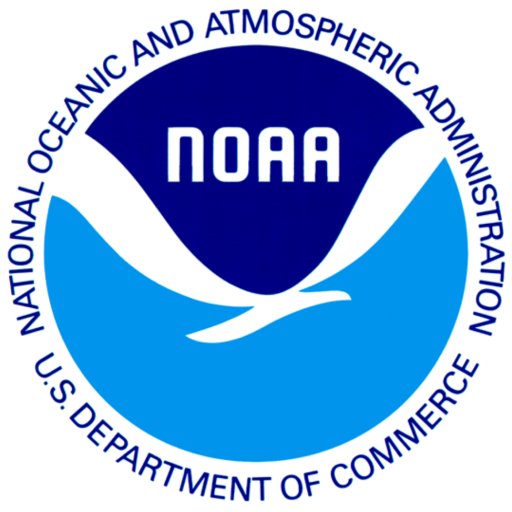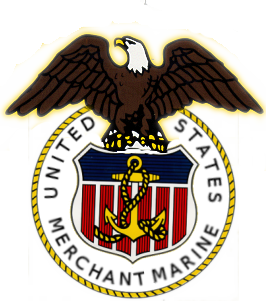After the United States attacked Japan with the first atomic bomb, ending World War II, the requirement for an amphibious force was argued by Army Chief of Staff General Omar Bradley, stating, “…there would never be another large-scale amphibious operation.” However, with the landings at Inchon during the Korean War, it became apparent that the need for amphibious capability in the armed forces would remain in the future. Timothy Heck, B. A. Friedman, and Walker D. Mills are Marine Corps officers with backgrounds in analyzing and writing about the past within the context of future warfare in which the U. S. Marine Corps may be engaged. The objective of the two volumes is to “fill a gap in scholarship. Writers on amphibious operations…tend to focus on one nation, one subject, and one period.” The editors have assembled a wide range of writer-academics and practitioners who focused on amphibious warfare from “a historical perspective” while also “conceptualizing” amphibious warfare in the future.
When the need for a second volume became apparent, it was decided that the editors would shift how they presented the material. Volume 1 is organized chronologically; Volume 2 is organized thematically “so that the reader can find commonalities, intersections, and differences about a subject, concept, or event.” As an example, in Volume 2, the editors have gathered chapters that relate to “Doctrine and Logistics,” including “The Landing Craft Controversy 1934-1942” and “Innovative Amphibious Logistics for the Twenty-first Century.” This comprehensive organization ensures that the reader understands the subject matter deeply.
Each amphibious operation discussed ranges from one of the earliest recorded amphibious special operations, the night attack on Porto Ercoletto during the War of Siena (1552-1555), to the introduction of modern naval technology and weaponry, which built upon the experiences gained on the beaches and battlefields. Each writer is noted in their composition area and has thoroughly researched how each decision affected the operation's outcome. The chapters are well-researched, footnoted, and illustrated with maps to help the reader understand the tactical situation as it evolved.
Beyond discussing operations in both the Atlantic and Pacific theaters, one of the most important contributors to the US’s success during World War II was the industrial base to design, manufacture, and field the needed specialized equipment such as the Alligator Amphibious Tractors, Higgins Boats, the invaluable Landing Ship Tank (LST), and other assorted craft. These are discussed in two very interesting chapters, “The Landing Craft Controversy, 1934-1942 (Volume 2, Chapter 2) and “Amphibious Juggernaut: How Landing Ship Tank and Landing Vehicle Track Created the Most Powerful Amphibious Assault System of World War II.” (Volume 2, Chapter 5). These two chapters explain how the US was not ready to fight an amphibious war and how the Marine Corps, Navy, Army, and the ship-building industry often appeared to be working toward opposite objectives. Additionally, once built, the ships and boats were often reluctantly deployed. While reading these chapters, I considered whether the US could build an amphibious force to meet future operations in today's environment of budget overruns, lack of shipyards, building problems, and late deliveries.
The editors have provided abundant historical references to some of military history's most significant amphibious operations. However, US Department of Defense policy advisor Sulakshana Komerath wrote one of the most important chapters, “The Future is Amphibious” (Volume 1, Chapter Nineteen). She sets the stage for her discussion by reflecting on the fact that Naval Special Warfare SEAL Teams have focused on counterterrorism and counterinsurgency over the last two decades and not on the great power competition (GPC) that the US may face sooner rather than later.
Komerath leads the reader through the current trigger points that could lead the US into armed conflict with the nations in which direct conflict has been avoided since World War II and the inception of the Cold War: The People's Republic of China and the Russian Federation. Should this happen, Naval Special Warfare will need to return to its “amphibious roots.”
She points out that Naval Special Warfare will have to abandon what is described as “starring roles” and return to their more traditional “supporting roles” in future military operations. This could counter an “entire generation” of existing officers and senior non-commissioned officers who have fought the war on terror. She states, “Naval Special Warfare offers a chance for the United States to gain a strategic advantage in the GPC if it can move past recent history and refocus to enhance their amphibious, more unconventional capabilities.”
I highly recommend On Contested Shores. It is well-researched and a must-read for military historians and strategists. It provides the historical context of the past that policy planners and strategists need to prepare the armed forces for what may loom while also providing the warfighter with the scholarly background and future considerations of their profession.
Editor: Timothy Heck and B. A. Friedman (Volume 1) with Walker D. Mills (Volume 2)
Reviewer: David A. Mattingly, Deputy Commander of the National Capital Commandery.
Master Chief Petty Officer David A. Mattingly retired from the US Navy with nearly 33 years of service as an intelligence specialist. He holds a Bachelor of Arts from the University of Louisville and a Master of Arts in National Security Studies from American Military University. Professionally he served as a senior intelligence officer and research analyst for the Department of Defense and Justice. Since his retirement, he has served as a volunteer docent and educator at the National Museum of the Marine Corps.








